Celebrating Hollywood at the Philly Flower Show
With grandeur and opulence befitting the “Golden Age of Hollywood” the 2015 PHS Flower Show is a visual wonder. Cameras click and lights flash as visitors stop to take photo after photo of the displays, almost like paparazzi photographing A-list movie stars. But it is the flowers that stand poised in the spotlights, dazzlingly flamboyant and utterly glamorous.
It’s Cactus has been delivering a few block-busters as well. The booth has been filled daily with enthusiastic shoppers. Many are meeting us for the first time, and it is interesting to see how passers-by go from gazing curiously at the metal displays to becoming enthusiastic customers, thrilled by the “story” of hammer-wielding Haitian craftsmen transforming discarded 55-gallon steel drums into beautiful works of art. Don’t we love that!!
Halfway through the show the early favorite pieces appear to be our newest additions to the inventory. When we were in Haiti in October,
we asked Peterson Remy to make up a few single humming bird samples. He came up with a great design and we ordered as many as he could make. The are such recent additions, they haven’t even made the website yet, but we are likely to sell out of them here at the Flower Show before the week in is out. Stand by for the re-order!
Other favorites are our garden stakes (See website: http//www.itscactus.com/catalog/GARDEN_STAKES-21-1.html ) They look terrific in containers and beds alike. Flower designs, cross designs, sun faces, it doesn’t seem to matter. They are gone almost as quickly as we can wrap them up.
And it’s all good. Our sales here are sales for our artists in Haiti. Each item we sell is another item we can order – another cash payment for 3 square meals or housing or school or a computer for a family in Croix-des-Bouquet. “Celebrating Hollywood,” with its glitter and glamour is exciting and fun at the Flower Show, but food on a table in Haiti is by far the bigger picture. Thank you, Philly, for your support!
Contributed by Linda for It’s Cactus

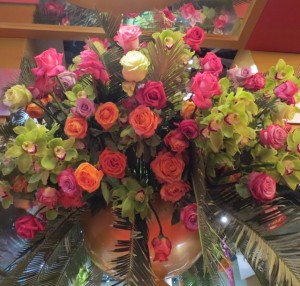
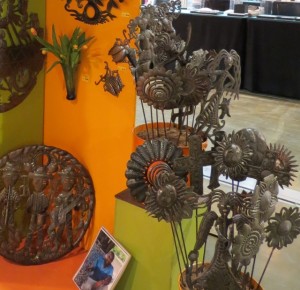
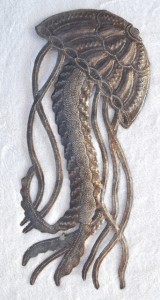
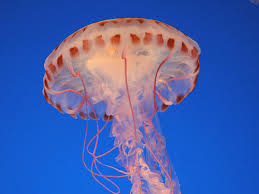
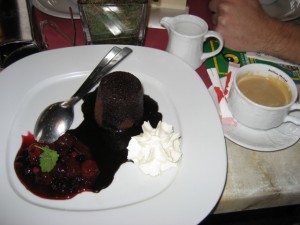 This is just my opinion, mind you, and maybe it’s really just me. But I think art acquisition ranks right up there with food and sex in terms of hedonistic drives. Anybody else? So why is that? What triggers that first impulse to buy art? And then what makes us feel compelled to buy more? When does the act of purchasing a single piece of art become a full-on libertine pursuit? And if we are so driven, how do we pursue it as gourmands, and not gluttons?
This is just my opinion, mind you, and maybe it’s really just me. But I think art acquisition ranks right up there with food and sex in terms of hedonistic drives. Anybody else? So why is that? What triggers that first impulse to buy art? And then what makes us feel compelled to buy more? When does the act of purchasing a single piece of art become a full-on libertine pursuit? And if we are so driven, how do we pursue it as gourmands, and not gluttons?
![5596[2]](https://blog.itscactus.com/wp-content/uploads/2012/08/559625-156x300.jpg)